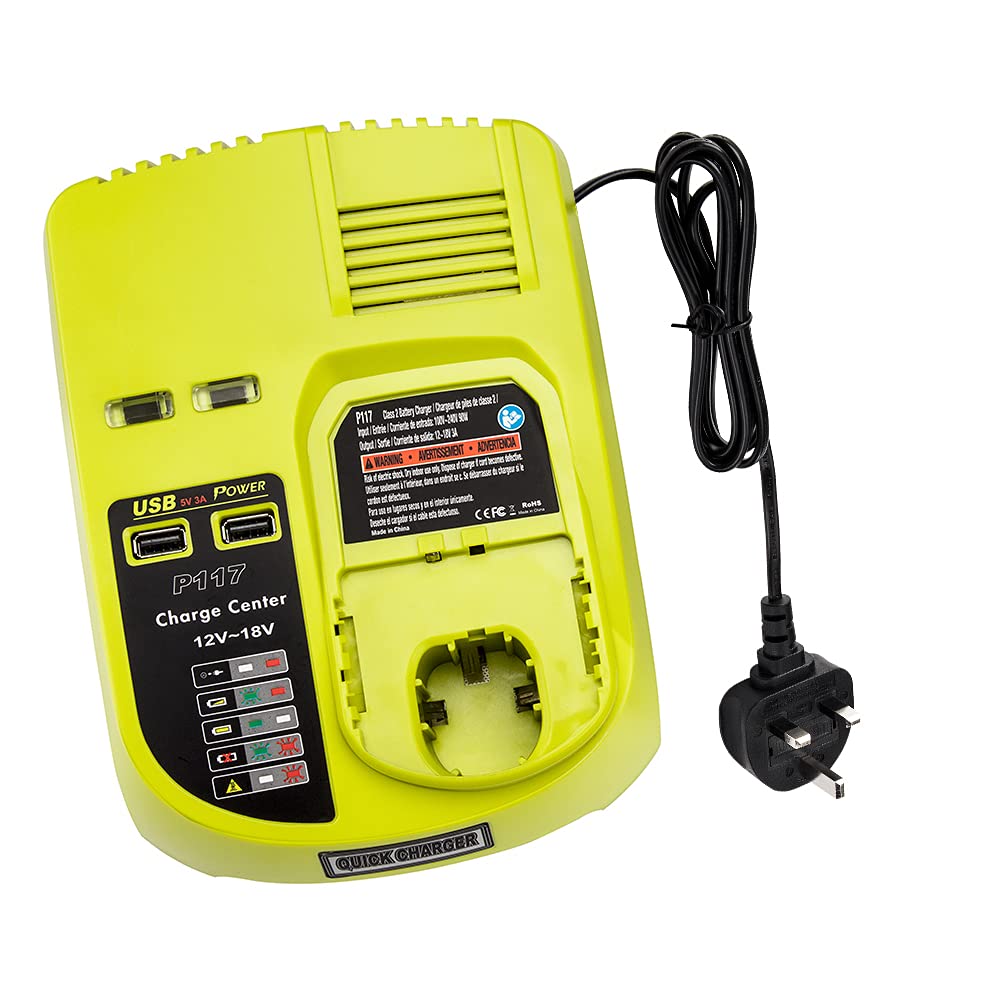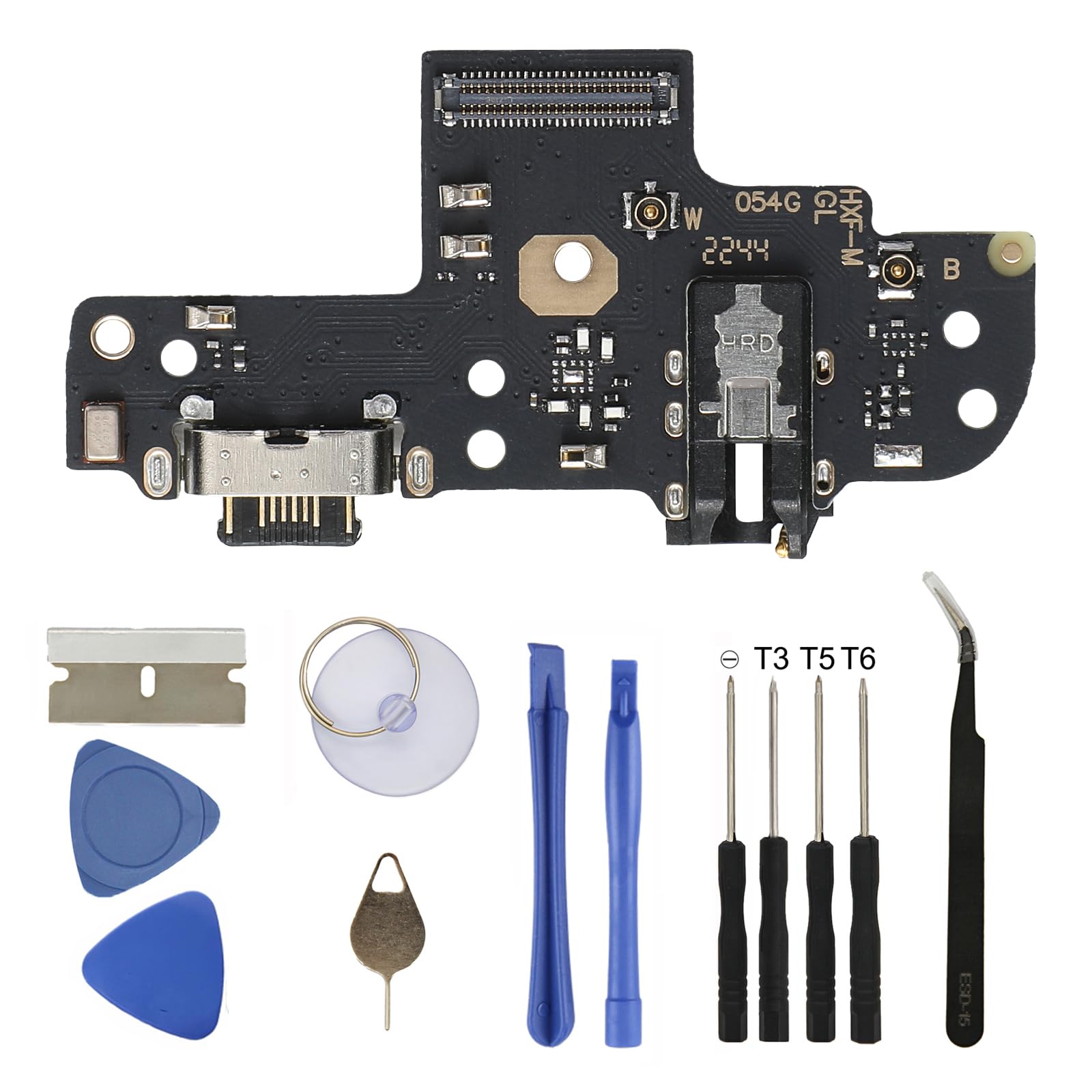Having trouble with a fixed USB device malfunctioning and not being recognized by your Windows system? Let’s explore some potential solutions.
Understanding the “Last USB Device Malfunctioned” Error
When you encounter the “Last USB Device Malfunctioned” error on Windows, it can be frustrating and confusing. This error message usually indicates that there is an issue with the USB hardware or device driver.
One way to troubleshoot this issue is to try using a different USB port on your computer. Sometimes, the problem may be with the specific port you are using, and switching to a different one can resolve the issue.
Another step you can take is to uninstall the device driver for the malfunctioning USB device and then reinstall it. This can help to reset any software bugs or glitches that may be causing the error message to appear.
If you are still experiencing the error after trying these steps, it may be helpful to seek assistance from a professional or consult online forums for further troubleshooting tips.
Common Causes of USB Device Recognition Issues

- Disconnect the USB device from the computer.
- Restart the computer.
- After the computer has fully restarted, reconnect the USB device.
Try a Different USB Port
- Disconnect the USB device from the current port.
- Try connecting the USB device to a different USB port on the computer.
- Check if the device is recognized in the new port.
Update USB Device Drivers
- Open Device Manager by pressing Windows Key + X and selecting Device Manager.
- Locate the USB device in the list of devices.
- Right-click on the USB device and select Update Driver.
- Follow the on-screen instructions to update the driver.
Check for Windows Updates
- Open Settings by pressing Windows Key + I.
- Click on Update & Security.
- Click on Check for updates.
- If updates are available, download and install them.
Run Hardware and Device Troubleshooter
- Open Control Panel.
- Click on Troubleshooting.
- Under Hardware and Sound, click on Configure a device.
- Follow the on-screen instructions to run the troubleshooter.
Initial Troubleshooting: Disconnect and Reconnect

If your USB device is malfunctioning and not recognized by Windows, the first step in troubleshooting is to disconnect and reconnect the device.
1. Disconnect the USB device from your computer.
2. Wait a few seconds and then reconnect the USB device to a different USB port on your computer.
If the device is still not recognized, try using a different USB cable or connecting the device to another computer to see if the issue is with the device or the computer.
If the device is recognized on another computer, the issue may be with your computer’s USB hardware or Windows settings. If the device still isn’t recognized, there may be a problem with the device itself.
Alternative Connections: Try Another USB Port or Cable

If your USB device is malfunctioning and not recognized by Windows, the issue could be with the USB port or cable. First, try connecting the USB device to another USB port on your computer. Sometimes, a specific port may be causing the problem.
If switching the USB port doesn’t work, try using a different USB cable to connect the device. A faulty cable can also cause the USB malfunction issue.
If the USB device is recognized after trying a different port or cable, the original port or cable may be the problem. If the issue persists, you may need to further troubleshoot the USB device or your computer’s USB ports.
System Tweaks: Disable USB Selective Suspend Setting
To fix USB device malfunction issues and get Windows to recognize your USB devices, one of the system tweaks you can try is disabling the USB selective suspend setting. This setting allows the computer to put USB ports into a low-power state to save energy, but it can sometimes cause issues with device recognition. To disable USB selective suspend, follow these steps:
1. Press the Windows key + R to open the Run dialog box.
2. Type “control panel” and press Enter to open the Control Panel.
3. Click on “Hardware and Sound” and then on “Power Options.”
4. Click on “Change plan settings” next to the power plan you are currently using.
5. Click on “Change advanced power settings.”
6. Scroll down and expand the “USB settings” option.
7. Expand “USB selective suspend setting” and set it to “Disabled.”
8. Click “Apply” and then “OK” to save the changes.
Disabling USB selective suspend may help resolve issues with USB device recognition and malfunction.
Power Management Adjustments: Remove Power Supply
To address the issue of a fixed USB device malfunctioning and not being recognized by Windows, one potential solution is to adjust the power management settings. Begin by removing the power supply from the affected device. This can help to reset the power management system and potentially resolve any issues related to power supply. After removing the power supply, restart the computer to allow the system to reset.
Once the computer has restarted, reconnect the power supply and check to see if the USB device is now recognized by Windows. If the issue persists, further troubleshooting may be required. If the power management adjustment does not resolve the problem, consider seeking additional support or exploring alternative solutions.
Driver Solutions: Reinstall USB Device Driver
If your USB device is malfunctioning and not being recognized by your Windows 10 computer, you may need to reinstall the USB device driver. First, try unplugging the device and plugging it back in to see if that resolves the issue. If not, you can reinstall the driver by following these steps:
1. Right-click on the Windows Start button and select “Device Manager” from the context menu.
2. In the Device Manager window, expand the “Universal Serial Bus controllers” section.
3. Find the malfunctioning USB device in the list and right-click on it.
4. Select “Uninstall device” from the dropdown menu.
5. Once the device is uninstalled, restart your computer.
6. After restarting, Windows should automatically reinstall the USB device driver.
If the issue persists, you may need to manually install the driver. You can find the appropriate driver on the manufacturer’s website or use a driver update software.
Hub Repair Strategies: Fix the USB Root Hub

To fix the USB Root Hub and resolve the “USB Device Malfunctioned Windows Not Recognized” issue, you can try a few strategies. First, try updating the USB Root Hub drivers through the Device Manager in Windows. If that doesn’t work, you can uninstall and reinstall the USB Root Hub drivers to reset them. Another option is to check the USB port for physical damage or debris that may be causing the malfunction. If all else fails, you can try using a different USB port or restarting your computer to see if that resolves the issue.
Advanced Resolutions: Install Hotfixes and Windows Updates

To resolve USB device malfunction or Windows not recognizing the device, it is important to install hotfixes and Windows updates. Check for Windows updates by clicking on the Start button, then select Settings > Update & Security > Windows Update. Install any available updates and restart your computer. Additionally, check for hotfixes specific to your issue on the Microsoft website and install them accordingly.
After installing the updates and hotfixes, reconnect the USB device to see if the issue has been resolved. If the problem persists, try using a different USB port on your computer or try the device on another computer to determine if the issue is with the device or the computer.
By keeping your Windows operating system up to date with the latest updates and hotfixes, you can ensure that your computer is equipped to handle various hardware and software configurations, minimizing the chances of encountering issues such as USB device malfunction or unrecognized devices.
Motherboard Updates: Install Latest Chipset Drivers
To fix USB device malfunction issues on Windows, it’s essential to ensure that your motherboard’s chipset drivers are up to date. Outdated drivers can cause compatibility issues and lead to device malfunctions. To install the latest chipset drivers, follow these steps:
1. First, identify the make and model of your motherboard. You can find this information in the device manager or by checking the documentation that came with your computer.
2. Visit the manufacturer’s website and navigate to the support or downloads section. Look for the latest chipset drivers for your specific motherboard model.
3. Download the chipset drivers and follow the manufacturer’s instructions for installation. This usually involves running an installer or setup file.
4. After the installation is complete, restart your computer to apply the changes.
By keeping your motherboard’s chipset drivers up to date, you can ensure better compatibility with USB devices and prevent malfunctions. This simple update can resolve many USB recognition issues on Windows 10.
Data Recovery from a Malfunctioned USB Drive
If your USB drive has malfunctioned and is not being recognized by Windows, there are a few steps you can take to attempt data recovery. First, try using a different USB port on your computer to see if the issue is with the port itself. If that doesn’t work, try using the USB drive on a different computer to determine if the issue is with the drive or your computer.
If the drive is still not recognized, you can try using data recovery software to retrieve your files. There are many options available online, so be sure to choose a reputable and reliable program.
In some cases, the malfunction may be due to a software bug or operating system issue. You can try updating your operating system or using the Control Panel to troubleshoot the problem.
If all else fails, you may need to seek professional help to recover your data. Keep in mind that there is no guarantee that your data can be recovered, so it’s important to regularly back up your files to prevent data loss in the future.
Frequently Asked Questions about USB Malfunctions

| Question | Answer |
|---|---|
| What are common causes of USB malfunctions? | Common causes include faulty USB ports, outdated drivers, damaged cables, and incompatible devices. |
| How can I fix a USB device malfunctioning on Windows? | Try restarting your computer, checking for driver updates, using a different USB port, or using a different USB cable. |
| Why is my USB device not being recognized by Windows? | This could be due to a driver issue, a faulty USB port, or an incompatible device. Try troubleshooting the issue by checking for driver updates and trying different ports. |
| What should I do if my USB device is not showing up in Windows? | First, try restarting your computer and checking for driver updates. If that doesn’t work, try using a different USB port or cable. |
| Can a USB hub cause malfunctions? | Yes, a faulty or low-quality USB hub can cause malfunctions. Try connecting your USB device directly to your computer to see if that resolves the issue. |
